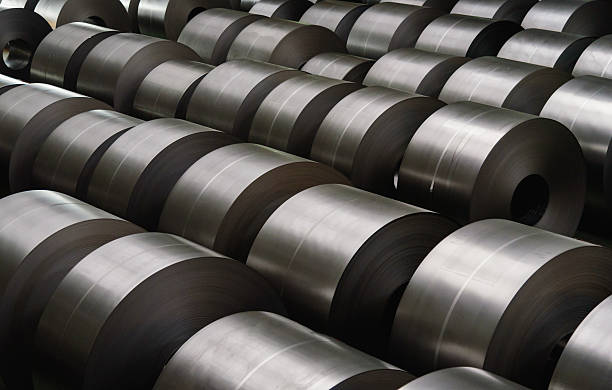
Specialty metals have long played a vital role in the medical industry, particularly in medical device manufacturing. From diagnostic guide wires to permanent body implants, these metals continue to prove their use in more and more ways.
Stainless SteelStainless Steel
Over the years, stainless steel has been the most popular metal used to make medical devices. Clearly, most design engineers look to it as their alloy of choice, thanks to its long list of advantages, such as variety of form and finishes, corrosion resistance, and affordability.
Titanium
The highly versatile titanium is another top choice of medical manufacturers. As stainless steel, it resists corrosion and attaches to human bone with minimal adverse reactions. The process that allows natural bone and tissue to fully attach to a titanium implant is known as osseointegration. The metal is a staple in the medical device industry, especially in making heart implants, medicine dispensers, neurostimulators and orthopedic rods, pins and plates.
Niobium
Medical device manufacturers have shown considerable and interest in niobium in the last few years. The metal’s inertness makes it a common choice for making pacemakers and other devices similar. When treated with sodium hydroxide, niobium creates a porous layer that promotes osseointegration, making it a good alternative for internal medical applications.
Tantalum
Tantalum has been a popular choice for more than 40 years in the manufacture of diagnostic marker bands, as a catheter plastic compounding additive, and for many other medical applications. It is also widely preferred for making implants and other shaped-wire applications because it is corrosion-resistant and highly ductile. It is also preferred for its good dielectric properties, as well as for being easy to weld.
Nitinol
Nitinol is a nickel-titanium alloy (at least 51% Ni) that can get superelastic as a response to applied stress. Shape memory gives the metal the ability to return to its original shape when heated over its transformation temperature. Nitinol’s ability to withstand large strains, besides the fact that it is physiologically and chemically compatible with the human body, has made it one of the most sought after materials for medical device designers and engineers.
Copper
Lastly, the medical industry seems to have adjusted its position on copper and is actually funding more and more research to look into the metal and its allows. Because of its thrombogenic (bleeding) risks, copper was once banned for most medical purposes, but it has now grown quite a following among device manufacturers. Behind this change is the fact that, when properly shielded, the metal can effectively carry signals to small implants and diagnostic tools. Companies that make copper products for medical uses generally have their own equipment for metal wire/strip shielding, so as to ensure excellent quality and prevention of cross-contamination.